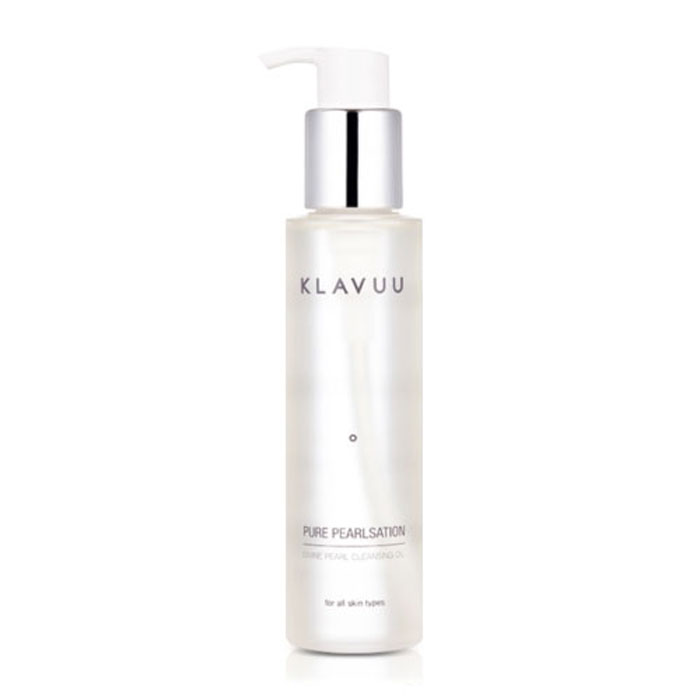What’s the safest way to proceed with blackhead removal? Should you go to a professional or attempt to do it on your own? We explore the options.
We think it’s safe to say that getting extractions done—AKA removing blackheads, whiteheads, and the general skin goo that’s lurking in your pores— is both a gross and highly satisfying experience. For some, extractions are like the cherry on top when getting a facial, and for others, extractions are the very reason they get a facial in the first place.
While you can entrust your skin with a well-vetted professional, the question remains as to whether or not you, yourself, are qualified enough to purge a pore when duty calls. To settle it once and for all, we hit up a dermatologist and aesthetician for their thoughts.
The importance of extractions:
Before we dive into whether a DIY extraction is OK, let’s first talk about the importance of extractions. Here’s the thing: Extractions don’t just feel good. Both experts we spoke to agreed that removing stubborn gunk from clogged pores is an essential part of your skin care routine.
“Once a pore has been filled with dead skin cells, oil, and debris, only an extraction can clean it out. Also, since we know that a blackhead or whitehead could evolve into a pimple, it is a good idea to get regular extractions performed,” says Ted Lain, a board-certified dermatologist based in Austin.
Getting a facial with extractions about once a month or bi-monthly is an ideal frequency.
But can you do blackhead removal on your own?
We’ve discussed extracting your own blackheads before, and while we love to do it, we admit that it’s a pretty intense process and you have to make sure all your bases are covered.
So, the main idea is: If you want your house painted beautifully, you hire a painter. If you need your oil changed, you call up your local mechanic. While you could technically do both these things yourself, the truth is that having a professional do it is going to breed better results. It’s the same deal with extractions.
“I highly recommend having extractions done professionally because the tendency to push too hard or damage the skin with a fingernail results too often in scarring,” notes Ewelina, an aesthetician at Chicago’s Reishi Beauty Spa.
She says that if you must do an extraction at home, you should do so with approved tools and follow the protocol we’ve outlined below.
How to safely remove your own blackheads:
Ewelina recommends using an oil-based cleanser to prep your skin. Vigorously, but gently, massage the affected area for a couple minutes and then rinse away. If you don’t have an oil cleanser in your arsenal yet, try the Klavuu Pure Pearlsation Divine Pearl Cleansing Oil. It’s super moisturizing and uses pearl extract to really soften skin (which is the ideal state your skin should be in before extractions).
While this is the first step of doing an at-home extraction, Ewelina notes that “it’s important to clean your face every night and rinse it with lukewarm water in the morning to prevent excess sebum production, especially for acne-prone skin.”
Next, Lain says to bring on the steam. To do this, simply hold your face over a bowl of steaming water for a few minutes, then dry off again. Alternatively, you can drape a hot (but not too hot) clean towel over your face and relax for a couple minutes.
Afterwards, it’s time to move on to the actual extraction. For this, you’ll need a mirror—ideally with magnification—and a sterilized comedone extractor, like the Skinmiso Comedo Remover, to remove the plugs, says Lain. This handy little tool requires very little pressure and allows access to hard-to-reach spots. Work slowly and gently to nudge the plug out of the affected pore. It may take some time to get the hang of this process, but it’s pretty straightforward.
If you feel like you’re somewhat advanced with your at-home blackhead removal, you can go at it with your fingers. Just remember three things: make sure your fingers are clean, push gently (if you’re squeezing intensely to get sebum out, you’re not going at it the right way), and don’t use your fingernails to push the sebum out (push with your fingers).
“Often the pores will look a bit swollen, and even bruised, after extractions. Therefore, ice packs could be used to help reduce the inflammation and minimize the bruising,” notes Lain. Ewelina also recommended avoiding cosmetics for 12 hours.
Klog Pro Tip: We discovered that the best move you can make after you’ve spent all that time painstakingly erasing your blackheads is to immediately put on a clay mask. Doing this will help prolong your fresh, blackhead-free skin. Read more about why this trick works here.
Bottom line:
To reiterate: While you can do extractions yourself, you’ll probably have a better experience having a professional do this during your monthly or bi-monthly facial. If you end up DIY-ing it, make sure you thoroughly cleanse your skin, sterilize your comedone extractor, and avoid using your fingernails.
If you’re dealing with moderate to severe acne or experiencing a continuous issue with clogged pores, “it’s a great indicator that something isn’t working in your skin care routine,” says Ewelina. In this case, it’s best to seek a professional for guidance, or at the least fine tune your regimen to eliminate potential culprits.





